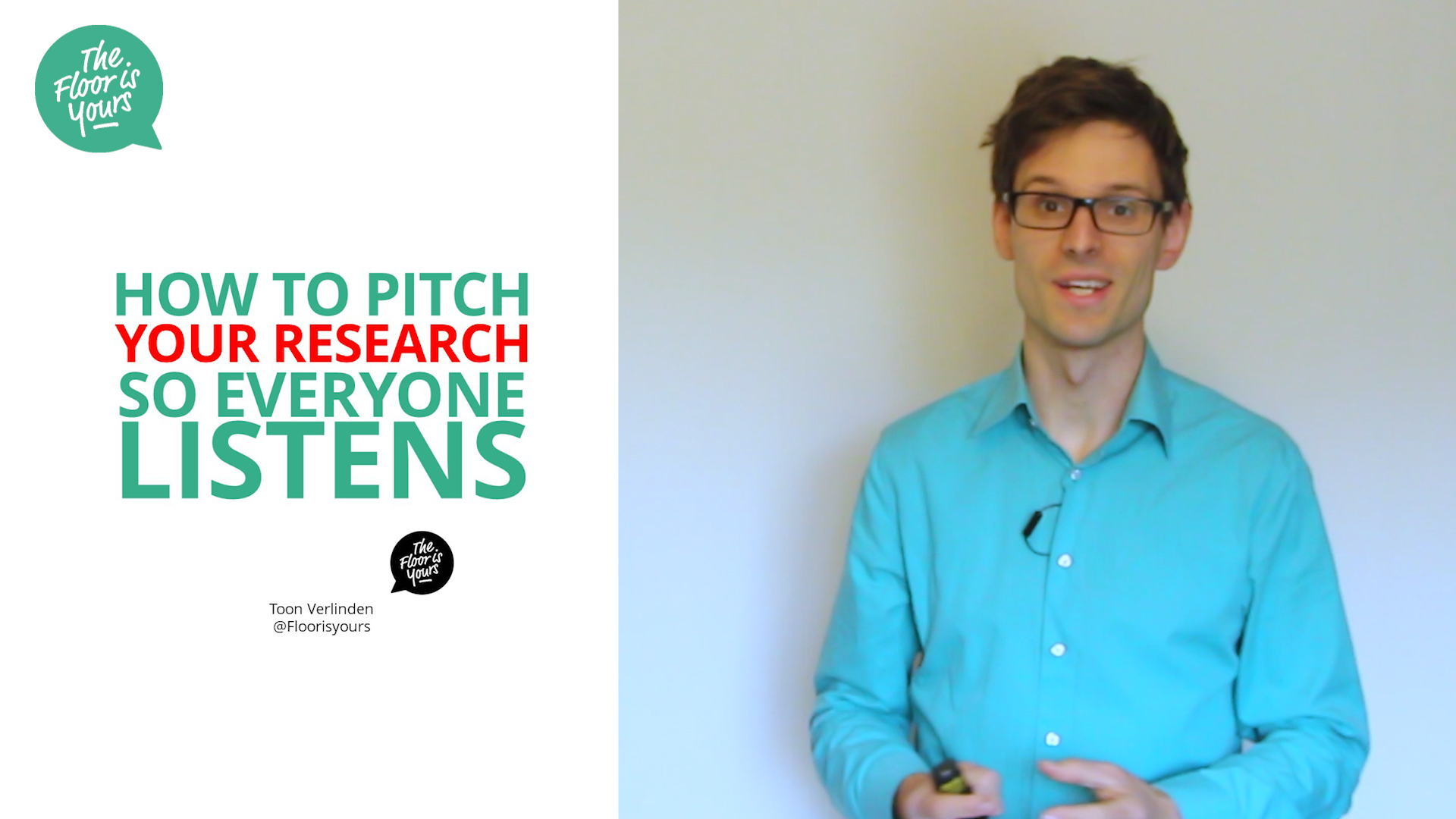Presenting online? Bring the essence and only the essence

Recently we’ve transitioned to also hosting all our workshops online. That is going well and we continue to learn new things along the way. From ourselves, but also from other online presentations. That is why we would like to emphasize an additional element that is essential in online presentations: present the essence, and only the essence. But how do you do that?
Last week I attended an online presentation. The presenter had technical problems and his connection dropped. As a result, one of the other organizers took over, saying “We will continue with her presentation, but will only cover the most important slides.”
A comment like that should immediately set off alarm bells in your head.
Really, during an online presentation there should only be important slides. People immediately wander off online if they feel that a certain part is less important (off they go, surfing the internet or checking their emails). And it will be difficult to get them back on board during an online presentation.
Is the talk you normally give about an hour long? Then try to present it online in half an hour. That may sound impossible, but much of what you say is one-way and you should now be able to provide that information in a different way.
Get rid of one-way traffic
One-way traffic means that there are certain parts when it is just you speaking, without interacting with the attendees.
That is alright during a workshop or a live presentation. However, during an online presentation, make sure to keep the parts where you provide any explanations without interaction, to a minimum.
You can do this by focusing on the period before and after your presentation.
- Are there concepts or definitions that the participants should really know? Then record that explanation beforehand and provide them a few days before the presentation, with the instruction to already view that information. That way you can delve deeper into the applications of those concepts during your presentation. Or tackle questions that participants had with that section.

- Are there any good videos on Youtube, or with a bit of luck perhaps even a TED talk, that perfectly explain part of your presentation? Why not share those in advance. Error-free playback of videos during your online presentation is rarely successful. Let the participants view them in advance, after which you can discuss them during the presentation.
- Use handouts. Do you have one specific result that you want to emphasize? Then an online presentation is not the time to go through your full table of figures. It is better to quote that one result during your online presentation and provide the participants with a handout afterwards in which they can find the extra information and figures. If they are really that important.
The overarching rule of thumb is this: give people just enough relevant information to understand your story. Not any more.
And more…
- Record your explanation? You can easily record your explanation using screen recording software such as Zoom, Cloudapp or Camtasia). If you have the equipment, you can always record yourself (with your smartphone or camera on a tripod) and insert any relevant slides afterwards.
- Want to read more about presenting online? In our previous blog post, we went deeper into the structure for an online presentation and gave several performance tips. You can also download our free guide on How to present online.
- We now also give all our workshops online. Like the workshop for the researchers of Science Figured Out and apply our own tips there. That is to say: you will receive all relevant information beforehand. During the workshop we will discuss that info, share extra tips and we will get started with what you worked out. We do this in a well-structured and efficient way, so that everyone can keep their attention. Also online!
- We created a new workshop. Book our new workshop on how to present online.